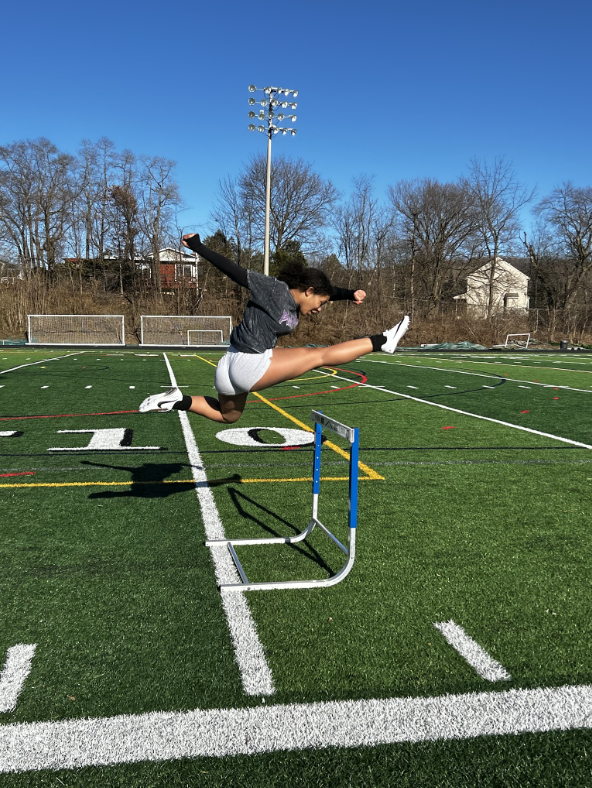High schoolers have to face challenges daily, from academics to extracurriculars. This often leads to sleep deprivation and burnout, all focusing on the things schools throw at us. Implementing naps or times to sleep during the day may help students. Take it from someone who has been up until 2 in the morning finishing an essay,; Naps are a go-to after a school day if students have time between extracurriculars and school work.
Nap time “is a victim of the increased academic pressures in early-childhood classrooms,” Peg Oliveira, the executive director of the Gesell Institute of Child Development, said.
Later she states, “It’s important to recognize those kids might not be having a solid night of sleep. It’s essential we give them a break during the day; otherwise, it’s overload.”
There are many long-term consequences of sleep deprivation, mentally and physically. Teens are recommended to get 8-10 hours of sleep a night. It would improve alertness and cognitive function.
If students get a little extra sleep, it could help keep their immune system strong. Studies show that not getting enough sleep can lead to weight gain, acne, and other health related issues. When you’re awake late at night, it’s likely you can get hungry.
Late-night snacking can cause weight gain because the body’s metabolism starts to slow down before sleep. Not getting enough sleep can also cause acne because of stress, excess sweat, etc.
Sleep research suggests cutting out the afternoon snooze can come at the expense of some children’s longer-term ability to remember what they learn. There’s no nationwide data on how many students nap in school. There are ongoing series of experiments funded by the National Science Foundation.
With the evidence of how the lack of sleep is influencing teens, we should implement times or safe zones where students are allowed and comfortable catching up on sleep that they might not be able to get at home, no matter the circumstances.


































